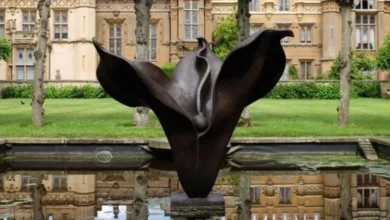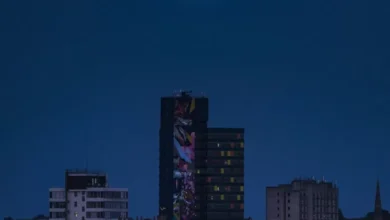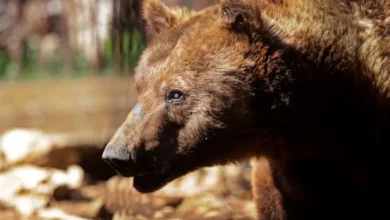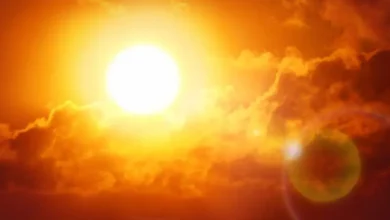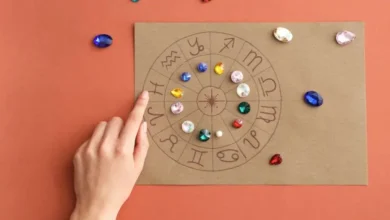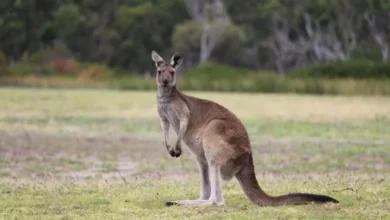When is the first day of spring 2024?
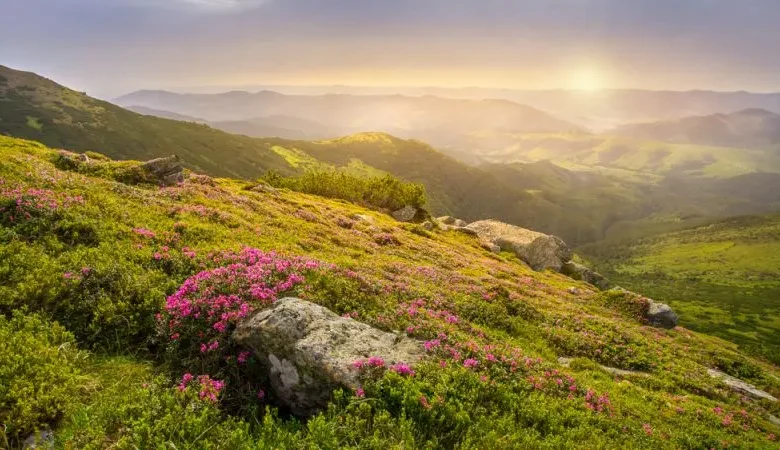
As the chilly winds of winter gradually bid us farewell, nature starts to awaken from its slumber, signaling the arrival of spring.
The first day of spring, also known as the vernal equinox, is a much-anticipated event, marking the moment when the Earth’s axis is neither tilted away nor towards the sun, resulting in nearly equal amounts of daylight and darkness across the globe.
As the world turns its gaze towards the skies, the vernal equinox, signifying the commencement of spring for the Northern Hemisphere, arrives on Tuesday.
This balance between light and darkness during the equinox results in day and night lasting nearly the same duration, albeit with slight variations depending on geographical location. It is a phenomenon steeped in symbolism and cultural significance, representing themes of equilibrium, renewal, and transition.
For the Northern Hemisphere, the vernal equinox heralds the arrival of spring, a season synonymous with rebirth and rejuvenation. Between March 19th and 21st, depending on the year, nature awakens from its wintry slumber, as flora begins to bloom, fauna stir from hibernation, and landscapes burst with vibrant colors.
In the Northern Hemisphere, the first day of spring brings with it a noticeable shift in the environment. Trees begin to bud, flowers start to bloom, and the landscape awakens with vibrant colors and fragrances.
Animals emerge from hibernation, birds return from their winter migrations, and the air is filled with the joyful melodies of chirping birds and buzzing insects.
During the Northern Hemisphere’s summer solstice, which falls between June 20th and 22nd, the sun’s rays are most direct, resulting in the longest day and shortest night. Conversely, the winter solstice, occurring between December 20th and 23rd, sees the shortest day and longest night as the Northern Hemisphere tilts away from the sun.

